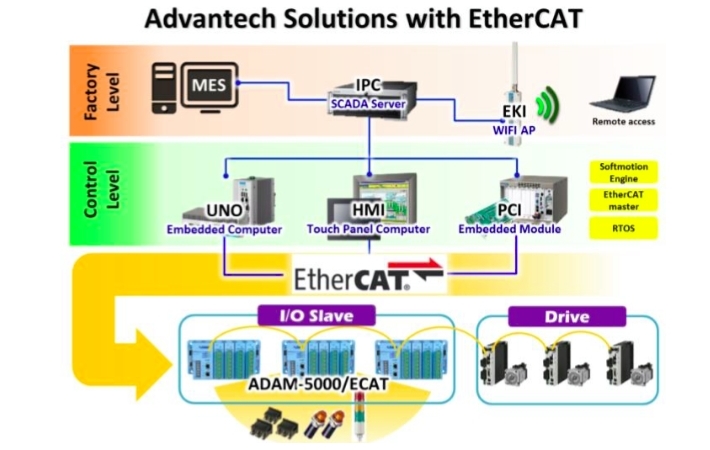
Published on 05/29/2017 | Technology
Industrial automation engineers are constantly challenged with selecting the best electronics platforms, communication methods and software to automate a wide variety of factory machinery and production plant processes. Motorized equipment, valves, sensors and other types of electrical components are the typical devices requiring automation. Although every type.of automation endeavor presents its own challenges, one of the most demanding automation sectors is motion control due to the required speed and accuracy.
Motion control is a specific sub-field of automation, where the position and/or velocity of articulating machine and robot sections are controlled using motors or linear actuators. The goal is to precisely locate fixtures, tooling and robot arms to repeatedly perform the desired functionality with a very high degree of accuracy. Motion control technology represents a vital and indispensable element for many industrial applications such as automotive assembly, mechanical operations, semiconductor production, filling and packaging, printing and many more.
High performance motion control depends strongly on communication technology. In years past, motion control was traditionally implemented with hardwired solutions or specialized, proprietary digital communications methods. These were expensive to install and sensitive to disruption.
The development of industrial Ethernet has changed this paradigm by allowing the introduction of digital communication standards and open systems. The media and protocols have been made more robust so that Ethernet can truly serve as a high-performance industrial fieldbus system for most types of applications.
Several protocols exist that are tailored to various industrial needs, and this white paper will discuss the evolution of field bus and industrial Ethernet technologies, and show how they power modern manufacturing operations in general and motion control in particular.
EtherCAT and its associated hardware ecosystem are highlighted because it is an Ethernet-based industrial fieldbus protocol in a leading position for motion control applications. The automation industry is ramping up to provide products that leverage EtherCAT capabilities for motion control and many more applications.
You can read and download the full report on Advantech here